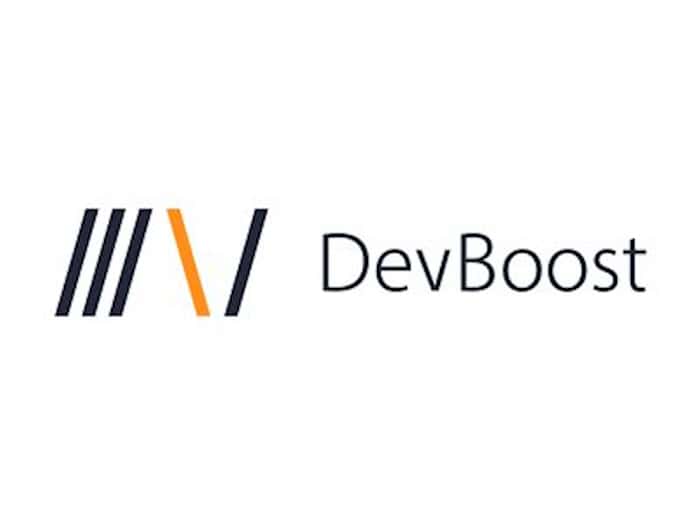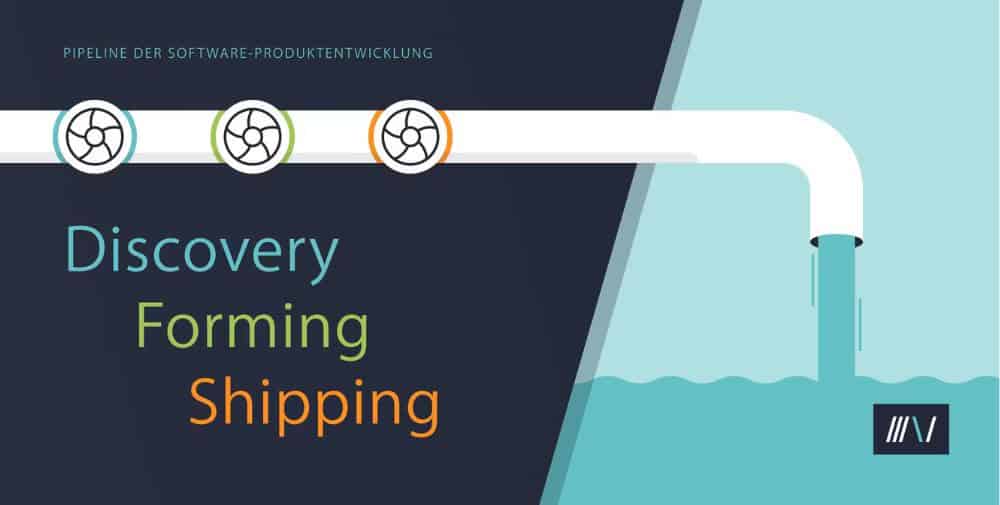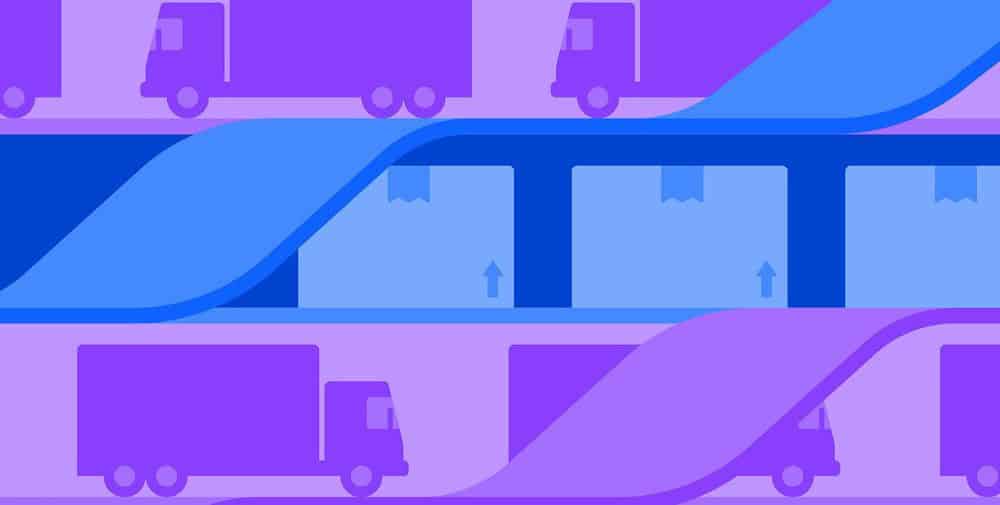
If we want to understand the performance of your product development, the first step is to provide a holistic view of the relationships between the stakeholders involved, the established working methods and the technologies used.
From requirements gathering to the productive operation of your software, other roles such as product managers, product owners, quality assurance experts, operations or support are involved in addition to the developers. Their interaction is a key success factor for the performance of your entire product development. The same applies to the implemented software architecture of the product, the established team structures, the technologies used, but also the delivery and operating model of the product.
To illustrate the interaction of these influencing factors, imagine product development as a pipeline or water pipe with three valves. Each of the valves represents an essential facet of your product development. If all three valves are open, you have a high flow rate – in other words, you manage to deliver the right features quickly. If individual valves are closed or only slightly open, the flow rate decreases. The performance of your product development is not optimal.
Following this metaphor, it becomes clear that an understanding of the relationships between the relevant “valves” that control and slow down your development process is required in order to initiate substantial changes.
An overview of the valves
What are the three facets of product development represented by the valves?
Valve number one is “Product Discovery”. It covers the tasks and processes of product management from requirements analysis and defining the product focus through to ensuring the innovative strength of your product development.
Valve two, “Product Forming”, summarizes the interaction of team organization, collaboration model and established software architecture.
Valve number three, “Product Shipping”, combines the implementation speed of your team, the handling of technical debt and the measures to ensure product quality and release capability.
Each of the three valves is determined by a key question for which an answer needs to be found.
Let’s take a look at the individual valves in the following sections.
Valve 1: Product Discovery
The success of a product is strongly determined by its core functionality. This focus must be consistently maintained, made clear to everyone involved and driven forward with genuine innovations. Without focus, your product may have many features, but not exactly the features that users really need. Without clarity for everyone involved, different teams may work in different directions. Without innovative features, the product will not be able to survive on the market against the competition in the long term.
One reason for a lack of focus is the blurred distinction between product development and individual product enhancements or adaptations driven by individual customers. If individual customer requirements determine the product roadmap, the product vision is diluted. Strong product management must therefore capture, consolidate and evaluate emerging feature requests across multiple customers.
In order to make the product vision visible to all stakeholders and thus create a shared understanding of the product, sales, product management, development and service must work closely together. Silo thinking in these departments is a serious threat to product success. A good product can only be created if all departments work together to define the functionality.
As customer requirements and expectations are constantly evolving, every software product must be subject to continuous innovation. Both professional and technical development is essential to stay ahead of the competition.
Valve 2: Product Forming
For high-performance product development, you need a system architecture that offers the flexibility and scalability required for growth. The technical and functional complexity of a product that has built up over the years generally leads to reduced delivery speed and long training periods for new employees. The reasons for this include unnecessary technical dependencies and missing or complicated configuration and variability mechanisms. This needs to be counteracted by suitable modularization. This allows individual components to be designed, implemented and operated independently of each other. This increases the speed of delivery (time-2-market) and promotes team autonomy as well as the scalability of the product and product development.
With regard to system architecture and modularization, it is important to note that the team structure of a software company must always match the architecture. For example, if you have a team structure that contradicts the software architecture, you provoke that every feature and every change affects several teams. This makes development slow, as coordination is necessary and decision-making processes take an unnecessarily long time.
Once you have found a good structure for the teams, the teams can implement features autonomously and efficiently to move the product forward. Within the teams, it must be ensured that the required expertise is available and that knowledge is distributed evenly.
Valve 3: Product Shipping
The ability to develop and deliver software quickly is significantly influenced by a number of factors. These include the flexibility and expandability of the system, the maturity of the development infrastructure and the automation of delivery and quality assurance.
Software systems grow continuously in terms of functionality and complexity over the years of their further development. Feature pressure and a lack of trust when adapting production code lead to maintenance work on existing code or platform functionalities being put on the back burner. The lack of handling of technical debt prevents the reduction of unnecessary technical complexity. As a result, the development of new features takes longer and longer, maintenance costs increase continuously and the handling of the overall system becomes more complicated and cumbersome.
Continuous reduction of software complexity through modularization and refactoring leads to fewer dependencies. System components can be developed, tested and delivered independently of each other. Supplemented by the automation of test and release processes, development performance can unfold its full potential.
First aid for each valve
If you feel you need to do something in one of the three areas mentioned, you can start as follows:
1. In the area of product discovery, focus first on your core product. Methods such as event modeling or user story mapping help to develop a clear understanding of the product core (i.e. cross-customer features) and customer-specific features. This is the basis for an established product vision within the company and strong product management.
2. In the area of product forming, critically evaluate whether your existing product architecture and team organization are aligned and fit with the goals of your product and business strategy. Use your business processes (e.g. using domain-driven design and business capabilities), the foreseeable trends of your market and the recurring challenges of your customers as a guide.
3. Consider the subsystems of your product identified in the area of product shipping separately and derive a technical target image for each. Invest in test automation and continuous delivery and thus create the basis for high implementation speed.
4. Work iteratively and continuously on the optimization of all three valves. It is often possible to parallelize measures on different valves, as these affect different areas of responsibility and roles. Dependencies between the valves often mean that effective changes only come about through interaction. Be aware of these dependencies and plan your measures accordingly.
Your next steps:
If you want to delve deeper into the bottleneck analysis of your software product development, we can help you. These three steps will give you more clarity and initial results:
Step 1: In our Development Benchmark, we have compiled the nine success factors for high-performance product development. You should know them.
Step 2: Using a subsequent online performance check, you can carry out an initial assessment of your software product development in 5 minutes. We will send you the link after downloading the benchmark.
Step 3: In an expert discussion, we will evaluate where the strengths and potentials of your product development lie. We show you how you compare to other software manufacturers. This will give you clarity about your status quo and provide you with initial recommendations for implementation.
– – – – – –
Further links
👉 https://devboost.com
Graphic: DevBoost




